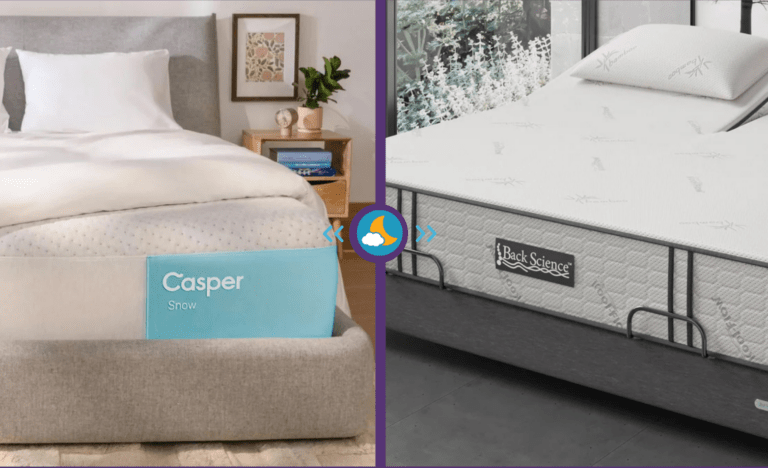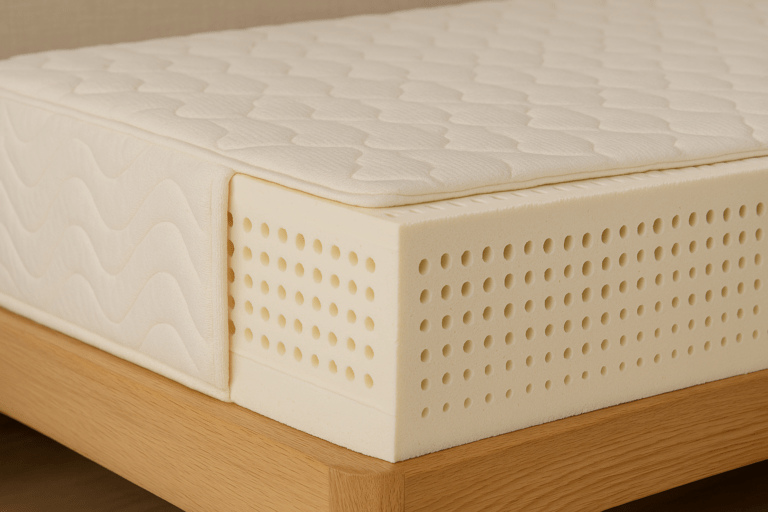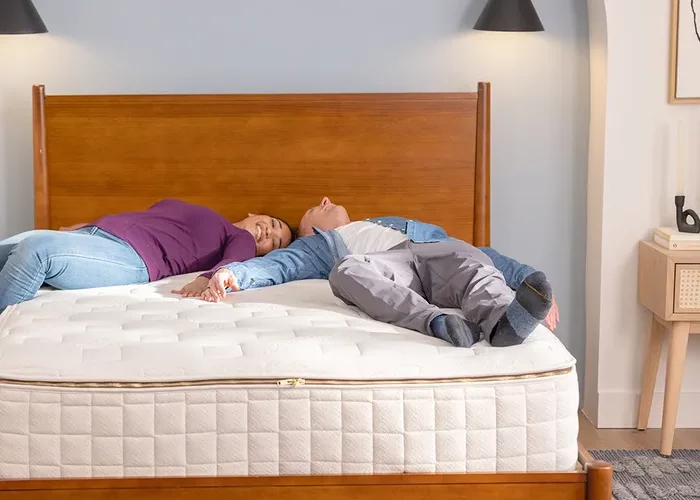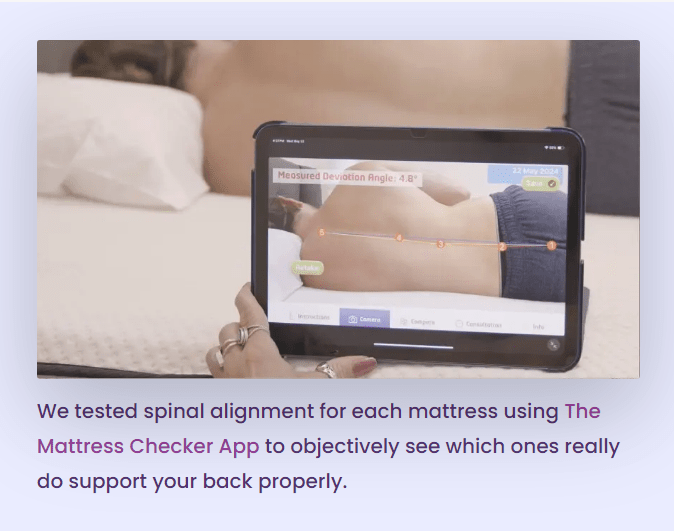
Inclined Sleep Benefits: The Tilt That Transforms Your Health
Sometimes better sleep isn’t about new gadgets or supplements — it’s about gravity. Incline Sleep uses a subtle bed tilt to help your body breathe easier, digest better, and recover more deeply through the night.
The Science (and Simplicity) of Incline Sleep
When it comes to better sleep, we often hear about new mattresses, white noise machines, or cutting out late-night snacks. But what if the secret to waking up refreshed lies in something as simple as the angle of your bed? Incline sleep, a subtle tilt of your mattress, is gaining traction in wellness and medical circles for its surprising health benefits.
Many people who try incline sleep say it feels almost too easy to make such a big difference, until they wake up breathing easier and feeling lighter.
What Is Incline Sleep?
As Mattress Underground explains, incline sleep involves gently tilting your entire mattress surface, not just raising the head or foot like a traditional adjustable bed. This slight elevation shifts your body into a position where gravity becomes your ally, promoting better breathing, circulation, and comfort.
Unlike sleeping flat, which has long been the norm, this small change can make a big difference for those struggling with snoring, acid reflux, or morning stiffness. It’s a low-effort tweak with high-impact potential.
Why a Small Tilt Packs a Big Punch
Research and user experiences highlight why incline sleep is more than just a trend:
- Easier Breathing: A slight incline opens airways, reducing snoring and easing symptoms of sleep apnea or nighttime congestion.
- Acid Reflux Relief: Gravity helps keep stomach acid down, minimizing disruptive reflux flare-ups.
- Better Circulation: Elevating the body improves blood flow, reducing swelling and inflammation.
- Joint and Muscle Relief: The incline takes pressure off your spine, hips, and joints for a more comfortable rest.
- Fewer Morning Headaches: By easing sinus pressure, incline sleep can leave you waking up clearer-headed.
It’s an effortless tweak that delivers big results backed by science.
Incline Sleep and Natural Latex Mattresses
While incline sleep works with most mattress types, pairing it with the right materials can make a difference in comfort and longevity.
Pairing incline sleep with the right mattress can amplify its benefits, and natural latex mattresses are a standout choice. As Mattress Underground notes, latex is breathable, durable, and naturally antimicrobial—resisting dust mites, mold, and bacteria for a cleaner sleep environment. Its open-cell structure allows heat to escape, keeping you cool even on warm nights. Plus, latex releases minimal volatile organic compounds (VOCs), making it ideal for those with respiratory sensitivities.
When used with an incline adjustable base, latex mattresses shine. Their flexibility ensures they adapt seamlessly to the tilt, maintaining spinal alignment and enhancing circulation across all sleeping positions. It’s a combo that turns your bed into a recovery hub.
That said, incline sleep can work with memory foam, hybrid, or even innerspring mattresses — the key is finding one flexible enough to adapt comfortably to the incline.
What You’ll Notice (and Feel) Right Away
Switching to incline sleep often brings quick wins. Users commonly report:
- Fewer acid reflux symptoms
- Less snoring and congestion
- Reduced morning stiffness or back pain
- Clearer sinuses and fewer headaches
- Deeper, more energizing sleep
While some benefits kick in within a few nights, the real payoff builds over time as your body adjusts to this optimized sleep posture.
A Practical Tip to Get Started
Curious but not ready to invest in an adjustable base? Try a DIY approach: place a firm wedge under the head of your mattress to create a gentle 5–7° incline. This angle is ideal, subtle enough for comfort but effective for benefits. Ensure it’s stable to prevent shifting during the night. This low-cost hack lets you test the waters before committing to a full setup.
Final Thoughts
Incline sleep isn’t a fad. It’s a science-backed way to align your rest with how your body naturally functions. Whether you start with a DIY wedge, upgrade to an incline adjustable base, or pair it with a natural latex mattress, the results speak for themselves: better breathing, less discomfort, and more restorative sleep.
At Sleep Examiner, we’re all about small changes that make a big impact. Sometimes, better sleep isn’t about more tech, more pillows, or more noise—it’s about letting gravity work for you instead of against you.
Source acknowledgment: Inspired by and quoting concepts from Mattress Underground.
MORE SLEEP TIPS:
-
Sagittarius and the Cell Salt Silicea
Sleep Examiner Rating:
-
How to Hack Your Sleep: 12 Ways to Sleep Better
Sleep Examiner Rating:
-
Back Science Series 2 vs. Casper Snow Hybrid Mattress Comparison
Sleep Examiner Rating:
-
The Truth About Latex Mattresses
Sleep Examiner Rating:
-
Discover the Best 100% Latex-Free Mattresses
Sleep Examiner Rating:






